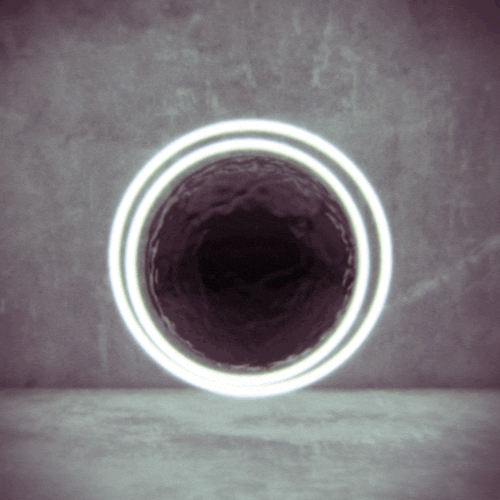NewLiber«Es probable, dice Richard Tarnas, que nuestra cultura quiera no tanto avanzar cuanto volver a la antigua perspectiva, aunque con otra apariencia, e invertirse simétricamente una vez más: del hombre a Dios, de la independencia a la dependencia, de ést...




















